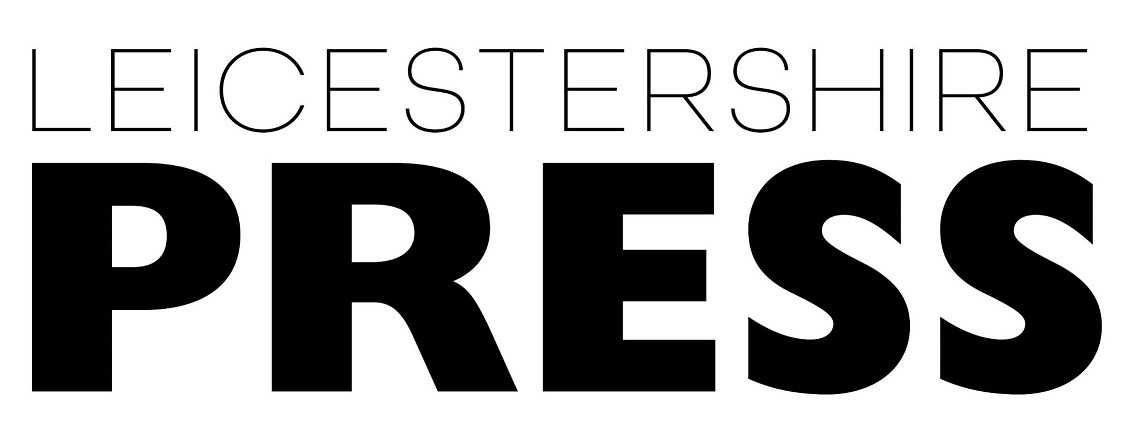
By Laura Nicoll
Ransacked houses stand like monuments of oppression. Their existence is a sobering testament to anti-Semitism and social unrest. Inside, the inhabitants hide from attempts to suppress their identity. Life for a Jew, in nineteenth and twentieth century Prague was a constant struggle of unrelenting anarchy and tenacious struggles for equality.
The history of Jews living in Prague’s Josefov (Jewish Quarter) is both turbulent and revolutionary to put it simply. Their presence can be traced back to the tenth century. During these embryonic years of settlement, amidst persecution and growing public fear, Jews were banished to live behind the large fortified walls of the ghetto.
This decision was orchestrated to serve one critical anti-sematic function. That was to minimise Jewish interaction with Christians. In the centuries preceding the Holocaust, the continuous dichotomy of religious persecution in culmination with years of discrimination led to frequent clashes between Jews and the wider Prague population. So what was to come for this secluded community?
In 1848, the struggle for universal civic rights came to a head. The awe-inspiring, revolutionary actions during this time led to the emancipation of the Jewish Quarter. This decision enabled the community to start living outside the ghetto and begin economic and social interaction with the wider population.
Later, the ghetto was abolished and became a district of Prague in 1852, where it was then given the name of Josefstat (Joseph’s City) after Joseph 2nd, the Holy Roman Emperor who permitted religious tolerance to Jews more than a century before.

The granting of full equality to Jews was not always met with a positive response from the rest of the population. Traditional anti-Jewish prejudices were linked to the fear of Jewish economic competition and impromptu acts of hate were common at the end of the nineteenth century.
As the Jewish community strengthened their position to capitalise in wider society, economic competition was a common trend. During the turn of the twentieth century, only 360,000 Jews where living in Czechoslovakia however their contribution to economic and cultural life in Prague proved to be highly influential.
The Jewish Quarter produced noted mathematicians, artists, writers and philosophers who revolutionised their fields of study. Most notable, was Frans Kafka a German language writer of novels and short stories, who is widely regarded to be one of the major figures of twentieth century literature.
This time gave rise to a new manner of political thinking which led to an increase in Jewish nationalism known as the Czechoslovak Zionism movement. In the 1925 & 1935 Jews became more present in the political sphere, when the Jewish Party won two parliamentary seats and a handful of Jews were granted the role of government ministers.
Sadly, the revolutionary sentiments were short-lived, no one could have prepared for the scale of carnage the Holocaust would bring to the Jewish population in Prague. In mid-July 1939 the Gestapo entered Prague and a tale of horrors ensued.
The Nazis began their occupation in Prague by devising ingenious methods of manipulation to pacify any possibilities of Jewish resistance. By setting up Jewish Councils, led by well-respected Jews to govern the Quarter, the occupiers were able to use the leaders as marionettes to enforce anti-Jewish regulations.
This proved to be a highly successful strategy of control however many of the Jews involved in operating the councils were executed along with family members or for those who survived, of conspiring with Nazi forces. By the beginning of October 1941, the first transport of 1,000 Jews left Prague for the ghetto in Lodz.
Just over a month later, a further six thousand victims were moved a few hours North of Prague to the garrison town of Terezín. It was here that the SS held Czech and Moravian Jews before they were transported to their deaths at Auschwitz-Birkenau and Treblinka extermination camps.

Terezín as it stands today, is a brightly coloured tourist attraction that brings in thousands of visitors every year. The German words ‘Arbeit Mach Frei’ or ‘Work sets you free’ are painted on a large banner overlooking the main entrance.
This haunting reminder, is only a subtle indicator of the camps sinister, alternative purpose which was to reduce the number of people necessary to transport to the extermination camps. Over 25% of prisoners who entered Terezín died under horrendous circumstances attributed to hunger, infection and terrible living conditions.
Perhaps, the most distasteful aspect of Terezín history is that it was exploited for the purposes of propaganda. The Nazis understood the concept of using propaganda as a weapon in spreading their anti-sematic ideals. Through this medium a cult was orchestrated which created moral panic and portrayed Jews as a community to be feared.
Although these particular events involving the persecution of the Jewish minority in Prague occurred many years ago, they are not a part of history. Even today minorities are persecuted.
A realist would attempt to explain this behaviour by saying the world is naturally anarchic and that the way we behave towards one another is fuelled by self-interest and desire for power. It is these two elements that are at the core of human nature. However are these events so easily explained?
For many years now, we have systematically persecuted those who are perceived as ‘others’, those who look and behave differently from us. We cannot, at the expense of tolerance and diversity, allow ethnic and religious persecution to continue unfolding within our societies. We live our lives taking the love of our friends and families for granted and ignore those who need compassion the most. As Kafka once said “Believing in progress does not mean believing that any progress has yet been made”.








